Chirag Padubidri
Exploiting Digital Surface Models for Inferring Super-Resolution for Remotely Sensed Images
May 09, 2022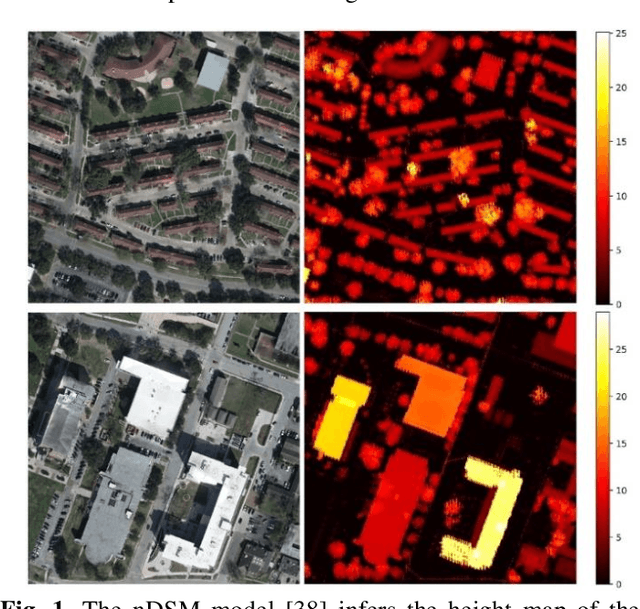



Abstract:Despite the plethora of successful Super-Resolution Reconstruction (SRR) models applied to natural images, their application to remote sensing imagery tends to produce poor results. Remote sensing imagery is often more complicated than natural images and has its peculiarities such as being of lower resolution, it contains noise, and often depicting large textured surfaces. As a result, applying non-specialized SRR models on remote sensing imagery results in artifacts and poor reconstructions. To address these problems, this paper proposes an architecture inspired by previous research work, introducing a novel approach for forcing an SRR model to output realistic remote sensing images: instead of relying on feature-space similarities as a perceptual loss, the model considers pixel-level information inferred from the normalized Digital Surface Model (nDSM) of the image. This strategy allows the application of better-informed updates during the training of the model which sources from a task (elevation map inference) that is closely related to remote sensing. Nonetheless, the nDSM auxiliary information is not required during production and thus the model infers a super-resolution image without any additional data besides its low-resolution pairs. We assess our model on two remotely sensed datasets of different spatial resolutions that also contain the DSM pairs of the images: the DFC2018 dataset and the dataset containing the national Lidar fly-by of Luxembourg. Based on visual inspection, the inferred super-resolution images exhibit particularly superior quality. In particular, the results for the high-resolution DFC2018 dataset are realistic and almost indistinguishable from the ground truth images.
EscapeWildFire: Assisting People to Escape Wildfires in Real-Time
Feb 23, 2021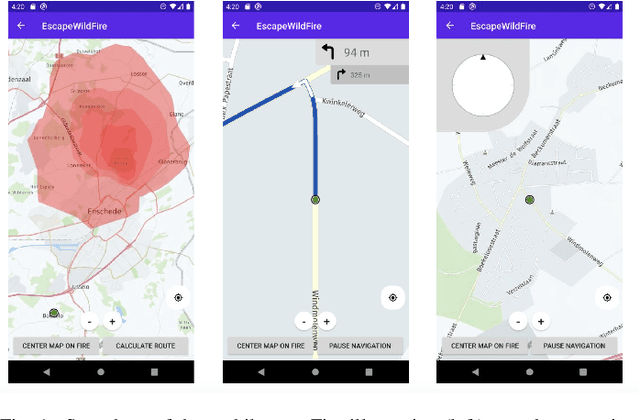
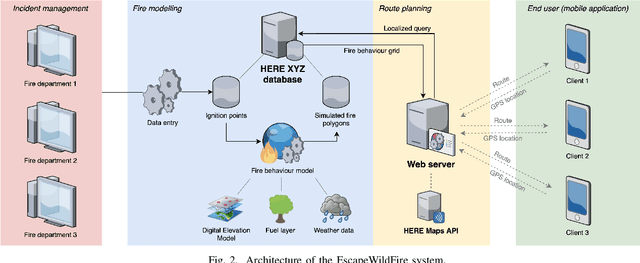
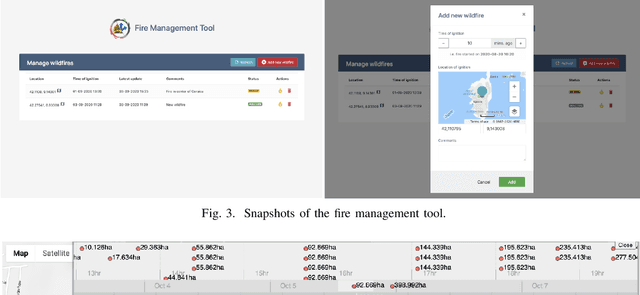
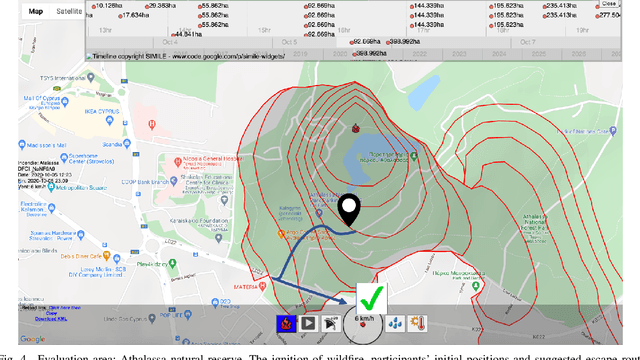
Abstract:Over the past couple of decades, the number of wildfires and area of land burned around the world has been steadily increasing, partly due to climatic changes and global warming. Therefore, there is a high probability that more people will be exposed to and endangered by forest fires. Hence there is an urgent need to design pervasive systems that effectively assist people and guide them to safety during wildfires. This paper presents EscapeWildFire, a mobile application connected to a backend system which models and predicts wildfire geographical progression, assisting citizens to escape wildfires in real-time. A small pilot indicates the correctness of the system. The code is open-source; fire authorities around the world are encouraged to adopt this approach.
 Add to Chrome
Add to Chrome Add to Firefox
Add to Firefox Add to Edge
Add to Edge